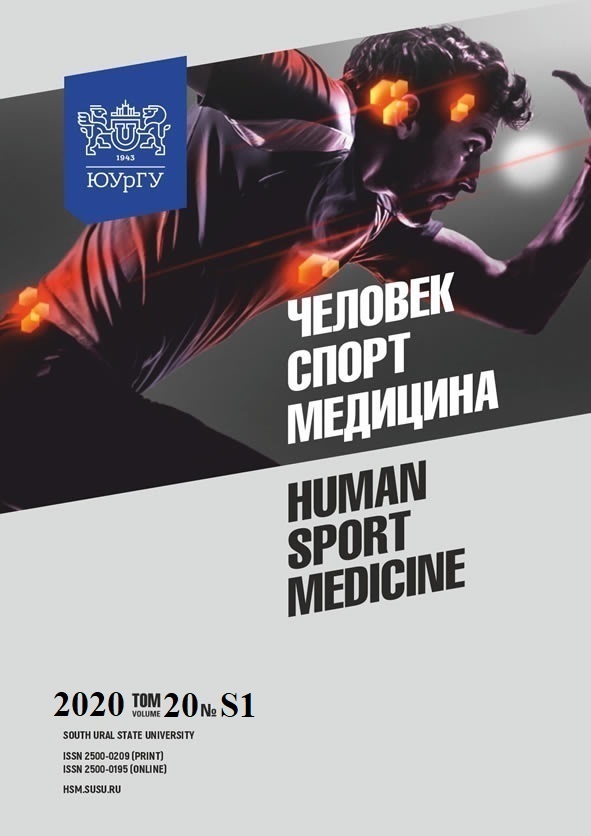PLAYERLOADTM AND HEART RATE RESPONSE TO SMALL-SIDED GAMES SPECIALIZED TO ADDITIONAL FIELD PLAYER RULE IN HANDBALL
Abstract
Aim. This study aimed to investigate PlayerLoad and heart rate responses of handball-based small-sided games which specifically designed with additional field player rule. Materials and Methods. Thirteen well-trained female handball players (2 goalkeepers, 2 pivots, 4 wings, and 5 backs) participated in this study. A total of eight Small-sided games (SSGs) on two different training days with separated at least 48-hour were conducted. SSGs executed with the inclusion of two each 5 vs 6 and 7 vs 6 handball specific games that mimic the numerical inferior or superior situations in game-play. PlayerLoad, acceleration, deceleration and change of direction were established by a wearable IMUs and heart rate monitored with a chest band. Results. There was no significant difference between PlayerLoadtotal, PlayerLoadmin-1, HRmax, HRavr, and HIE parameters during the SSGs that separated by two testing days. No significant differences were found in PlayerLoadtotal, PlayerLoadmin-1, HRmax, and HRavr, parameters attained from the main and opponent team. Results showed no significant differences between all 5 vs 6 and 7 vs 6 SSGs. There was a significantly lower PlayerLoadtotal in the goalkeepers than backs, wings and pivots. The mean and maximum heart rate of back players was significantly lower than wings and pivots. Conclusion. Current study set out the examiner that if tactical innovations in playing situations numerical inferiority or superiority situations 7vs6 and 5vs6, will make the difference in players’ physical efforts. Because of the raised usage of this tactical variations, recent studies only focused to technical variables of playing with no goalkeeper and additional field player. Therefore, it is crucial to obtain clear knowledge how to affect the players as physically. Hence, a definite need for revision of the training demands of the goalkeepers in handball.
References
References on translit
Copyright (c) 2020 Human. Sport. Medicine

This work is licensed under a Creative Commons Attribution-NonCommercial-NoDerivatives 4.0 International License.















